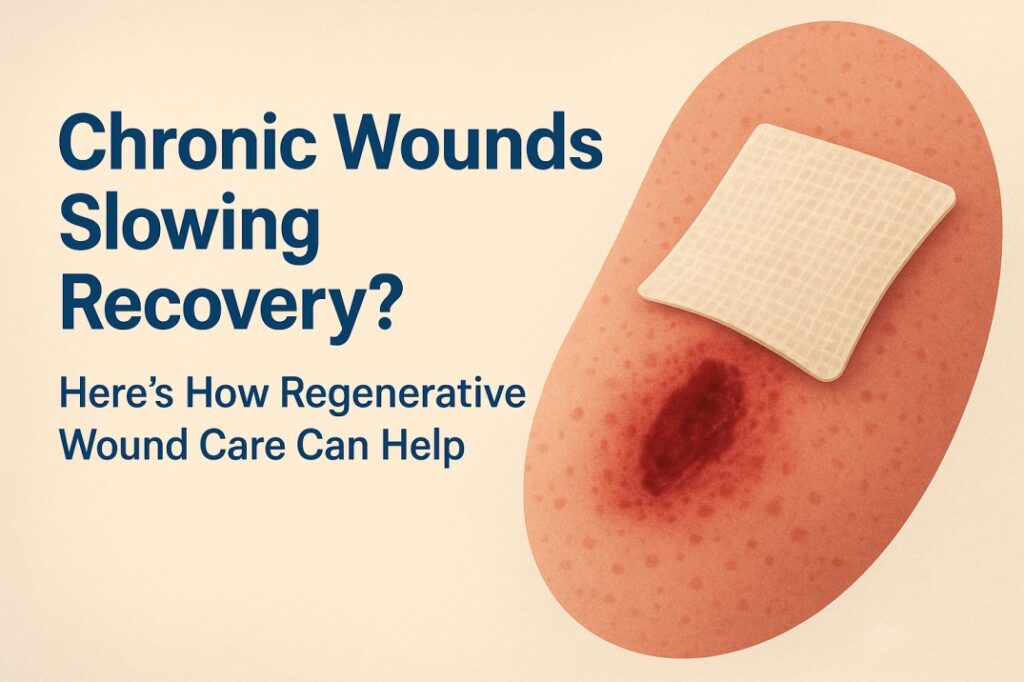Hair transplantation has become a transformative solution for individuals experiencing hair loss, offering renewed confidence and a fuller head of hair. Two primary techniques dominate the field: Follicular Unit Extraction (FUE) and Follicular Unit Transplantation (FUT). Understanding the differences between these methods is crucial for anyone considering a hair transplant.
Understanding FUE and FUT
Follicular Unit Extraction (FUE): This method involves extracting individual hair transplantation زراعة الشعر follicles from the donor area, typically the back or sides of the scalp, using a micro-punch tool. These follicles are then implanted into the balding or thinning areas. FUE is known for its minimally invasive nature and lack of a linear scar.
Follicular Unit Transplantation (FUT): Also known as the strip method, FUT involves removing a strip of scalp from the donor area. The strip is then dissected into individual follicular units, which are implanted into the recipient area. This technique allows for the transplantation of a large number of grafts in a single session.
Comparing FUE and FUT
1. Scarring
-
FUE: Leaves tiny, dot-like scars scattered across the donor area, which are often unnoticeable and easily concealed, even with short hairstyles.
-
FUT: Results in a linear scar at the donor site. While this can be hidden under longer hair, it may be visible with shorter hairstyles.
2. Procedure Duration
-
FUE: Typically takes longer due to the individual extraction of follicles.
-
FUT: Generally quicker as it involves removing and dissecting a strip of scalp.
3. Recovery Time
-
FUE: Offers a shorter recovery period, with most patients resuming normal activities within a few days.
-
FUT: May require a longer healing time due to the sutures and the larger wound area.
4. Pain and Discomfort
-
FUE: Associated with minimal discomfort post-procedure.
-
FUT: Patients might experience more discomfort due to the larger incision and sutures.
5. Graft Survival Rate
-
FUE: Has a slightly lower graft survival rate due to the potential for follicle damage during extraction.
-
FUT: Often boasts a higher graft survival rate as the follicles are extracted in a more controlled environment.
6. Ideal Candidates
-
FUE: Suitable for individuals who prefer shorter hairstyles or those who have limited scalp elasticity.
-
FUT: Ideal for patients requiring a large number of grafts or those not concerned about a linear scar.
Making the Right Choice
Choosing between FUE and FUT depends on various factors:
-
Hair Loss Severity: Those with extensive hair loss might benefit more from FUT due to the higher number of grafts that can be transplanted in one session.
-
Lifestyle and Hairstyle Preferences: If you prefer short hairstyles, FUE might be more suitable due to less noticeable scarring
-
Scalp Elasticity: Individuals with tight scalps may not be ideal candidates for FUT.
-
Budget Considerations: FUT is generally more cost-effective than FUE
Conclusion
Both FUE and FUT have their unique advantages and considerations. Consulting with a qualified hair transplant surgeon is essential to determine the most suitable method based on individual needs and expectations. With the right approach, hair transplantation can offer natural-looking results and a significant boost in confidence.









